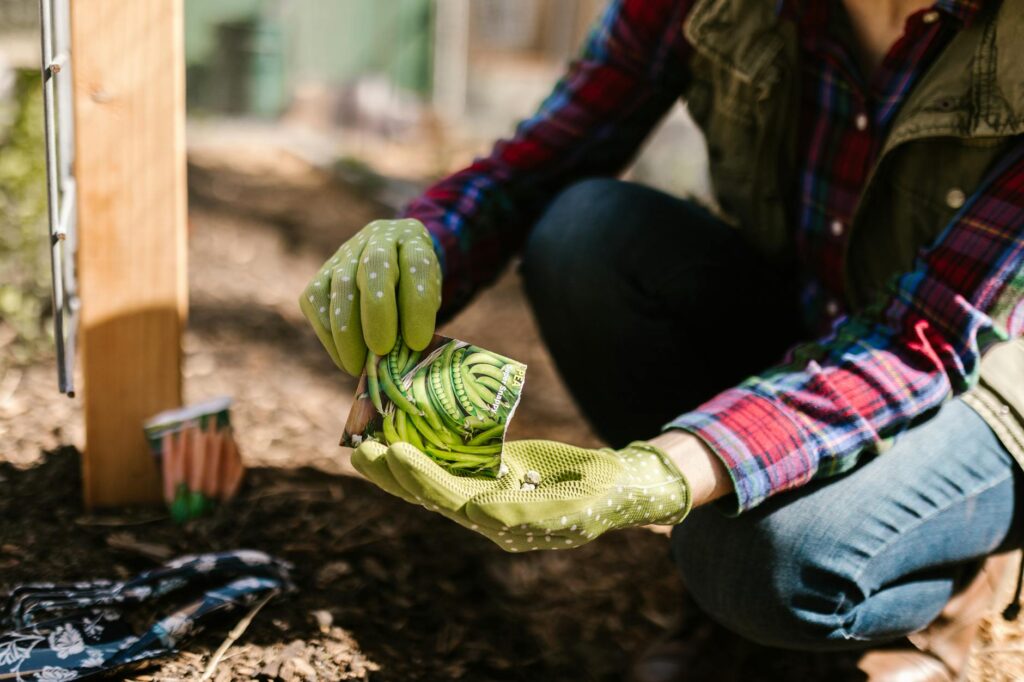Discover the secrets to starting your own food garden today and enjoy a bounty of fresh, homegrown produce all year!
Table of Contents
Food gardens have been a staple in communities for centuries, providing fresh produce and a sense of self-sufficiency to those who tend to them. Whether you have a green thumb or are a novice gardener, starting your own food garden can be a rewarding experience. In this guide, we will explore the benefits of growing your own food and provide practical tips on how to get started.
Benefits of Growing Your Own Food
There are numerous benefits to growing your own food in a garden. One of the most significant advantages is the ability to harvest fresh, organic produce right from your backyard. This can lead to a healthier diet, as you have control over the growing conditions and can avoid harmful pesticides and chemicals.
Additionally, food gardens promote sustainability and reduce your carbon footprint. By growing your own fruits, vegetables, and herbs, you can decrease the demand for commercially-grown produce that requires transportation and packaging. This can help lower your impact on the environment and support a more eco-friendly lifestyle.
Getting Started with Your Food Garden
Starting a food garden may seem daunting, but with the right preparation and guidance, anyone can cultivate a thriving garden. Here are some steps to help you get started:
Choose the Right Location
Before planting your garden, it’s important to select a suitable location with adequate sunlight and drainage. Most fruits and vegetables require at least 6-8 hours of sunlight per day, so choose a spot that receives ample sunshine. Additionally, ensure that the soil in your chosen location is well-draining to prevent waterlogging and root rot.
Select Your Crops
When planning your food garden, consider the types of crops you want to grow based on your preferences and growing conditions. Start with easy-to-grow vegetables like tomatoes, lettuce, and peppers if you are a beginner. As you gain experience, you can experiment with more challenging plants like squash, melons, and herbs.
Prepare the Soil
Healthy soil is the foundation of a successful food garden. Before planting, amend your soil with organic matter such as compost or aged manure to improve its nutrient content and structure. This will provide essential nutrients for your plants and promote healthy growth.
Plant and Maintain Your Garden
Once you have prepared your garden bed and selected your crops, it’s time to plant your seeds or seedlings. Follow the planting instructions for each type of plant and ensure they have enough space to grow. Water your garden regularly, especially during dry periods, and monitor for pests or diseases that may affect your plants.
Enjoying the Fruits of Your Labor
As your food garden begins to flourish, you will be able to enjoy a bounty of fresh produce right at your fingertips. Harvest your fruits and vegetables when they are ripe and savor the flavors of your homegrown bounty. Share your excess produce with friends and neighbors, or preserve them for later use through canning, freezing, or drying.
Starting a food garden is a rewarding endeavor that can provide numerous benefits for your health, well-being, and the environment. By growing your own fruits and vegetables, you can take control of your food supply, support sustainability, and enjoy the satisfaction of nurturing plants from seed to harvest. So roll up your sleeves, grab your gardening tools, and start your own food garden today!




